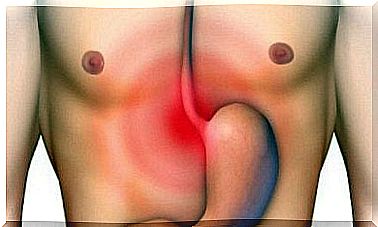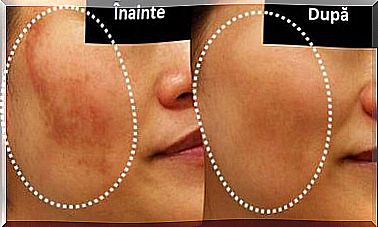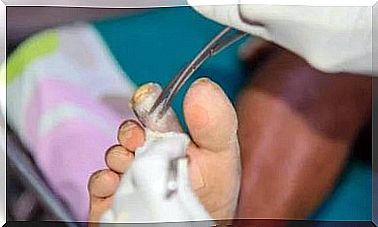Diagnosis And Treatment For Fibromuscular Dysplasia
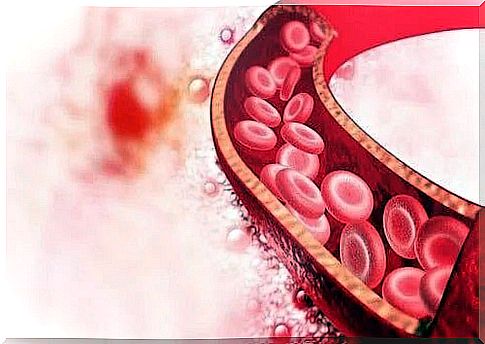
Fibromuscular dysplasia is a disease that causes one or more arteries in the body to develop abnormally. As a result, this abnormal development affects the walls of these large vessels, leading to a number of consequences: for example, a narrowing of the vessels – a condition known as stenosis -, aneurysms or rupture (arterial dissection). In this article, we will discuss the main treatment for fibromuscular dysplasia.
Narrowing and rupture can lead to decreased blood flow to an artery. Consequently, this can lead to a number of symptoms that we will analyze in detail in the lines below. Fibromuscular dysplasia mainly affects the arteries that supply blood to the kidneys and brain.
It is important to emphasize that this disease affects many more women than men. However, men, as well as some children, can also suffer from this disease.
In addition, it is difficult to determine how common this disease is among the general population. The reason is that patients with mild fibromuscular dysplasia often have no symptoms. As a result, their condition remains undetected.
Causes of fibromuscular dysplasia
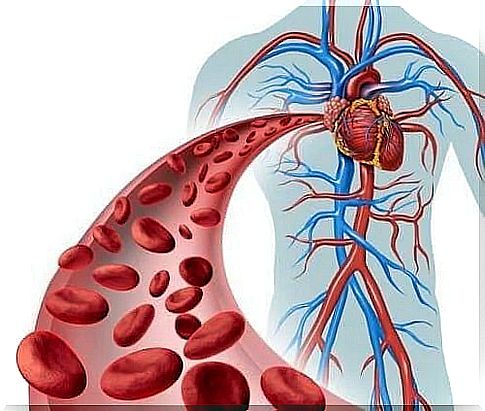
Currently, experts do not know what leads to fibromuscular dysplasia. However, there are several theories on this topic:
Some theories suggest the existence of a genetic cause. However, the disease can affect the arteries of family members in different ways. Moreover, the severity of the disease may vary and some family members may not develop it at all.
As mentioned, the disease is much more common in women than in men. Therefore, some theories suggest that hormones may play a key role in the development of this disease. Other studies also suggest that the use of birth control pills seems to have nothing to do with dysplasia. Other possible causes include:
Symptoms
One of the biggest problems when it comes to diagnosing this disease is that many patients have no symptoms. If they occur, the symptoms manifested by the patients will depend on the affected arteries. The symptoms are different and whether or not the narrowing, rupture or aneurysms are present in the affected arteries.
Any pain or clinical symptom related to the disease comes from the organ to which the affected artery carries blood. Therefore, some of the possible symptoms of fibromuscular dysplasia include the following:
Diagnosis of fibromuscular dysplasia
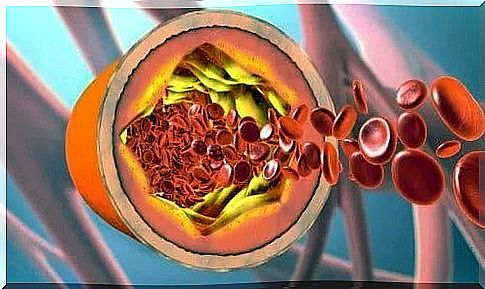
E
Treatment for fibromuscular dysplasia
At the same time, it is worth noting that, in some cases, attempts must be made to improve blood flow through narrow vessels. Specialists use procedures such as balloon angioplasty or percutaneous transluminal angioplasty (PTA). The choice of these procedures will depend on the affected arteries, the presence of symptoms and their severity.
